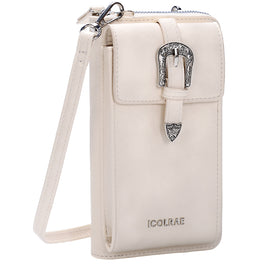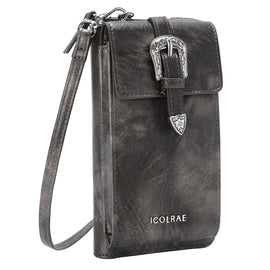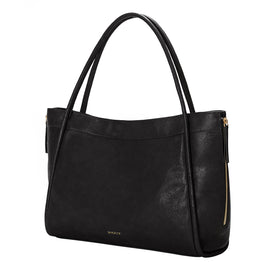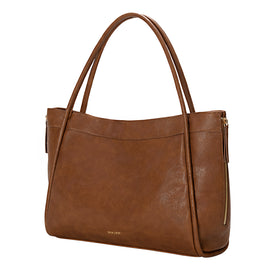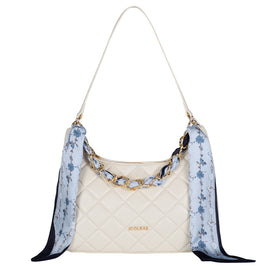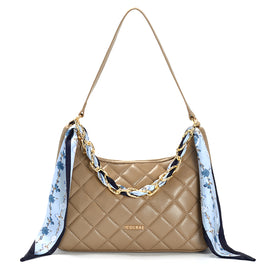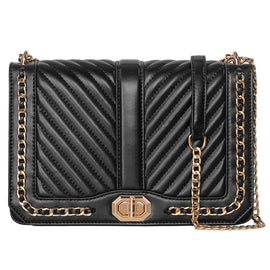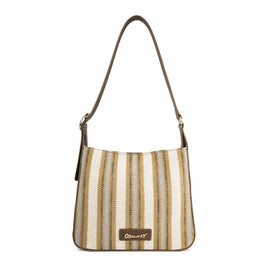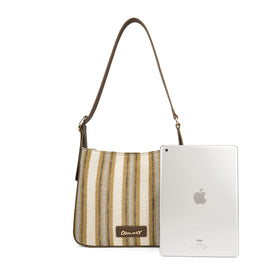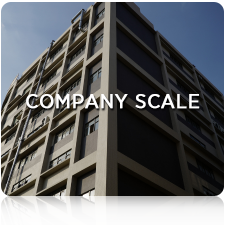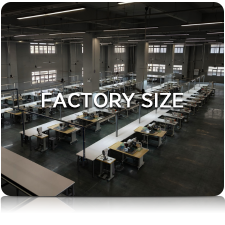How to Turn Initial Product Ideas into Practical Design Principles
Behind every successful handbag lies a thoughtful journey—one that begins with a vision and ends with a functional, market-ready product. For aspiring designers, emerging brands, and creative entrepreneurs, transforming an initial idea into a scalable product involves much more than aesthetics. It requires strategic thinking, practical design principles, and close collaboration with experienced manufacturers.
In this article, we’ll explore how to translate your creative concepts into practical, production-ready bag designs—and how a partner like HerminFashion can help guide you from imagination to execution.
1. Define the Core Purpose of Your Bag
Every design starts with a "why." Ask yourself:
-
Who will use this bag?
-
What problem does it solve?
-
What lifestyle or fashion trend does it serve?
For example, is your bag intended for working professionals, frequent travelers, or eco-conscious consumers? Clarifying the target user and use case lays the foundation for every design decision that follows—from size and compartments to materials and features.
2. Sketch Your Concept—But Think Function First
While sketches and mood boards are a great starting point, successful bags strike a balance between form and function. As you draft your ideas, consider:
-
How the bag will be worn (e.g., crossbody, handheld, backpack)
-
Weight distribution and comfort
-
Opening and closure mechanisms
-
Ease of access to internal compartments
Practicality doesn’t have to compromise style—but ignoring it can result in a beautiful bag that frustrates users.
3. Choose Materials That Align with Your Brand and Purpose
Materials influence not only the look and feel of a handbag but also its durability, price point, and market appeal. Beginners often gravitate toward trend-driven options, but scalability requires consistency and suitability.
Some important factors to weigh when selecting materials:
-
Aesthetics: Do they reflect your brand image?
-
Functionality: Are they strong, lightweight, waterproof, or sustainable?
-
Availability: Can they be sourced consistently at scale?
At HerminFashion, we help clients navigate a wide range of material options—from premium PU leather and cotton canvas to recycled vegan leather—based on the bag’s intended function and audience.
4. Simplify and Standardize Key Features for Production
Once you’ve solidified your concept, the next step is simplifying it for manufacturing without compromising the original vision. Elements like decorative stitching, custom hardware, and non-standard shapes may look great on a prototype but can drive up costs and cause delays at scale.
Here’s how to make your design production-friendly:
-
Minimize unnecessary complexity
-
Use standard hardware sizes where possible
-
Choose stitching and edge treatments that are repeatable
-
Optimize pattern layout for better material yield
These practical design choices help streamline production and improve overall quality control.
5. Prototype and Iterate—With Real-World Use in Mind
A prototype is more than just a sample—it’s an opportunity to test and improve. Once your first sample is made, use it, wear it, and gather feedback.
Ask:
-
Are the zippers easy to open and close?
-
Does the strap adjust comfortably?
-
Are the materials reacting well to regular wear?
This hands-on feedback is vital before moving into bulk production. Iteration helps eliminate small problems that can become big customer complaints later.
6. Design for Scalability from the Start
It’s tempting to focus solely on your first launch, but thinking ahead pays off. A scalable bag design supports future variations—like different colorways, sizes, or added features—without needing a complete redesign.
Scalable design also allows you to:
-
Create cohesive product lines
-
Reuse hardware or patterns
-
Optimize production efficiency across multiple SKUs
When you build with scalability in mind, you reduce time-to-market for future collections.
7. How HerminFashion Helps Turn Ideas into Market-Ready Products
At HerminFashion, we specialize in guiding brands through every stage of bag development—from concept design and prototyping to sourcing, manufacturing, and quality control.
Here’s how we support your journey:
-
Design Consulting: Our team helps refine your ideas into practical, production-ready specifications.
-
Material Sourcing: We recommend materials based on your design goals, brand identity, and budget.
-
Sample Making & Testing: We produce high-quality prototypes and offer revision cycles to perfect your design.
-
OEM & ODM Production: Whether you bring your own design or want to work from one of our in-house concepts, we ensure consistent and scalable production.
-
Brand Support: As a leading Guangzhou-based bag manufacturer, we understand how to build for long-term brand success—not just one product.
For startups and emerging designers, HerminFashion offers more than manufacturing—we provide partnership, guidance, and confidence.
Conclusion
Turning a bag idea into a marketable product takes more than artistic vision—it requires strategy, practicality, and the right partners. By focusing on your user, simplifying for production, and designing with growth in mind, you lay the groundwork for a successful brand.
And with the support of an experienced manufacturing partner like HerminFashion, your journey from concept to consumer becomes not only achievable but seamless.

